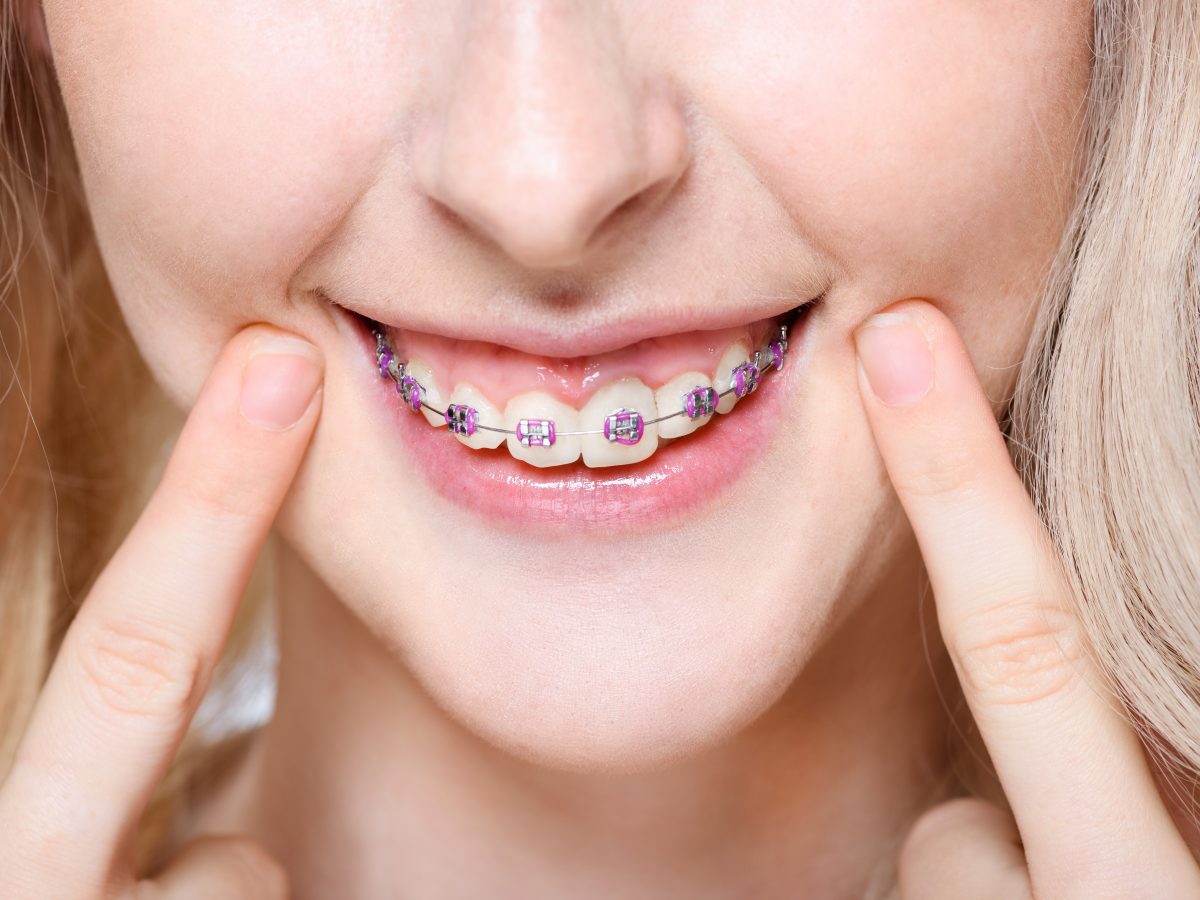Comprehensive Overview to Orthodontics Procedures for Remedying Oral Misalignments
Understanding the intricacies of each procedure, including their systems, advantages, and prospective drawbacks, is essential in making informed choices concerning one's orthodontic therapy. As we navigate through the comprehensive overview to orthodontic treatments for remedying oral misalignments, the intricate information of each approach will certainly unfold, shedding light on the course toward a useful and unified dental alignment.
Orthodontic Procedures Review

Along with clear aligners and conventional braces, orthodontists might likewise advise other treatments like headwear, palatal expanders, or retainers to deal with details positioning concerns (cumming aligners). These procedures are tailored to every patient's special demands and may include a mix of therapies to achieve the preferred outcomes. Normal adjustments and tracking are crucial parts of orthodontic treatment to make sure progression is on track and to make any type of needed alterations in the process. By going through orthodontic treatments, people can not only achieve a straighter smile however additionally boost their total oral health and function.
Conventional Dental Braces: Just How They Work
When taking into consideration orthodontic therapies for oral misalignments, traditional dental braces stick out as a time-tested approach for fixing teeth placing. Standard braces contain brackets, cables, and bands that work with each other to apply constant pressure on the teeth, slowly relocating them into the wanted positioning. The braces are connected to the teeth using an unique adhesive, and the wires are threaded via the braces. By readjusting the tension of the cords, orthodontists can regulate the direction and pressure put on each tooth, guiding them right into correct positioning in time.
One trick aspect of how standard dental braces work is the process of bone makeover. As stress is put on the teeth through the braces, the bone bordering the teeth is improved to sustain the brand-new tooth settings. This makeover is important for the long-lasting security of the dealt with alignment. Patients will require normal adjustments at the orthodontist's workplace to ensure the braces remain to use the correct pressure for effective teeth movement.
Undetectable Aligners: Disadvantages and pros
Invisible aligners provide a convenient and very discreet option to standard braces for fixing dental imbalances. These clear, custom-made trays are basically unseen when put on, making them an attractive choice for individuals looking for a much more visually pleasing orthodontic treatment. Among the main advantages of invisible aligners is their removability, permitting less complicated maintenance of oral health contrasted to conventional braces. Patients can get rid of the aligners prior to eating or cleaning their teeth, minimizing the danger of food obtaining embeded the home appliance and streamlining the cleansing process.

Surgical Orthodontic Options
Surgical interventions in find a good dentist orthodontics present practical choices for dealing with complicated dental misalignments that may not be effectively resolved through conventional orthodontic therapies. While typical dental braces and unseen aligners can fix numerous orthodontic issues, certain instances need surgical intervention to attain optimum results. Surgical orthodontic choices are generally recommended for extreme malocclusions, considerable jaw inconsistencies, and cases where the underlying look at here bone framework requires modification to achieve correct positioning.
One typical surgical orthodontic treatment is orthognathic surgical procedure, which includes repositioning the jaws to correct practical issues such as trouble chewing or talking. This surgical procedure is typically performed in cooperation with an orthodontist who aids line up the teeth prior to and after the procedure. Surgical orthodontics might likewise entail procedures to reveal affected teeth, get rid of excess gum tissue, or reshape the jawbone to develop a much more unified facial account.
Before thinking about surgical orthodontic alternatives, clients undertake an extensive analysis to identify the need and potential advantages of such interventions. aligners. While surgical procedure may seem challenging, it can significantly enhance both the feature and aesthetic appeals of the smile in instances where conventional orthodontic therapies drop short
Retainers and Post-Treatment Care

Post-treatment care involves complying with the orthodontist's directions faithfully. This may include proper oral health techniques, participating in follow-up consultations, and wearing the retainers as prescribed. Failure to adhere to post-treatment care directions can lead to regression, where the teeth progressively relocate back in the direction of their initial placements. Regular retainer wear, good oral health, and normal oral exams are important for preserving the results accomplished with orthodontic surgical treatment and making certain the lasting security of the dealt with oral positioning.
Verdict
In final thought, orthodontic procedures offer numerous alternatives for correcting oral imbalances. Conventional braces use steel brackets and wires to shift teeth into correct placement. Undetectable aligners supply a more very discreet option but may not appropriate for all instances. Surgical orthodontic choices are available for much more extreme imbalances. Retainers are visit frequently utilized post-treatment to maintain the brand-new positioning. In general, orthodontic treatments can successfully enhance dental health and visual appearance.
As we navigate through the thorough overview to orthodontic procedures for dealing with dental misalignments, the detailed details of each technique will certainly unravel, shedding light on the path towards a useful and unified dental positioning. - cumming braces
One of the most common orthodontic treatments is the use of dental braces, which are composed of steel braces and wires that apply gentle stress to progressively change teeth into the desired setting.When thinking about orthodontic therapies for oral imbalances, traditional braces stand out as a tried and true technique for dealing with teeth placing. In addition, unnoticeable aligners may not be appropriate for complicated orthodontic problems that need even more considerable teeth activity, as they are commonly recommended for mild to moderate situations. Retainers are customized orthodontic gadgets created to hold teeth in their remedied placements after the conclusion of orthodontic therapy.